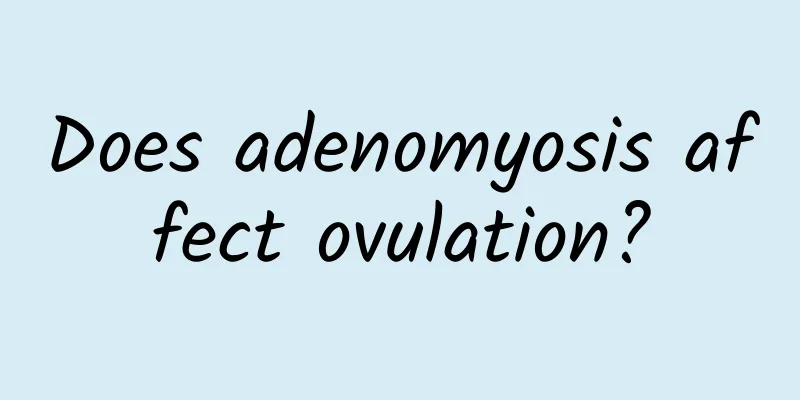What are the symptoms of adhesion after uterine fibroid surgery?

|
What are the symptoms of adhesions after uterine fibroid surgery? Uterine fibroids are the most common benign tumors in the female reproductive organs and one of the most common tumors in the human body. They are also called fibroids and uterine fibroids. Because uterine fibroids are mainly caused by the proliferation of uterine smooth muscle cells and a small amount of fibrous connective tissue exists as supporting tissue, they are more accurately called uterine leiomyomas, or uterine fibroids for short. Uterine bleeding is the main symptom of uterine fibroids, occurring in more than half of patients. Cyclic bleeding is heavy and can manifest as increased menstrual volume, prolonged menstrual periods, or shortened cycles. It can also manifest as irregular vaginal bleeding during menstrual cycles. Submucosal fibroids and intramural fibroids are more common in uterine bleeding, while subserosal fibroids rarely cause uterine bleeding. It is currently the most commonly used auxiliary diagnostic method. It can show uterine enlargement, irregular shape, number, location, size of fibroids, whether the inside of the fibroids is uniform or liquefied, cystic, etc. Ultrasound examination is not only helpful in diagnosing uterine fibroids, but also helps to distinguish whether the fibroids are degenerated, and also helps to identify ovarian tumors or other pelvic masses. The size and direction of the uterine cavity can be detected by the uterine cavity probe, and the shape of the uterine cavity can be felt to understand whether there is a mass in the uterine cavity and its location. For patients with abnormal uterine bleeding, it is often necessary to identify endometrial lesions, and diagnostic curettage is of great value. Under hysteroscopy, the morphology of the uterine cavity can be directly observed to see if there are any vegetations, which is helpful for diagnosing submucosal fibroids. Generally, MRI is not necessary. If it is necessary to identify and diagnose uterine fibroids or uterine sarcomas, MRI, especially enhanced delayed imaging, can help identify uterine fibroids and uterine sarcomas. Before laparoscopic surgery, MRI can also help clinicians understand the location of fibroids before and during surgery and reduce residual tumors. |
<<: Symptoms of ectopic pregnancy: early back pain?
>>: What causes left ovarian cyst?
Recommend
How to treat vulvar itching and swelling
How to treat vulvar itching and swelling? Vulvar ...
Let everyone know about cervical hypertrophy
In life, it is not uncommon for women to suffer f...
Experts explain the symptoms of chronic pelvic inflammatory disease
Pelvic inflammatory disease is divided into acute...
What to eat for pelvic inflammatory disease?
What to eat for pelvic inflammatory disease? Pelv...
This intermittent fasting diet helps you lose weight, fight aging, and prevent heart disease
It is really hard to imagine that the main killer...
Will pelvic effusion cause frequent urination?
There are many causes of pelvic effusion, and unc...
Why is vaginal candidiasis difficult to cure?
What is the reason why candidal vaginitis is diff...
Reasons why women often experience dysmenorrhea during their menstrual cycle
It is very common for women to experience dysmeno...
Is cervicitis caused by excessive sexual activity? Is it contagious?
Cervicitis is not simply caused by excessive sexu...
What is the main cause of cervical hypertrophy?
The high incidence of cervical hypertrophy is ver...
What should be checked before uterine fibroid surgery? Are uterine fibroids multiple?
Uterine fibroids are the most common benign tumor...
Several precautions for the treatment of cervical hypertrophy
Patients with cervical hypertrophy need to pay at...
Do not use alcohol paste when eating hot pot, be careful of high levels of methanol
Eating hot pot in cold weather is a great enjoyme...
Long-term poor diet structure can induce the cause of ovarian cysts
Many women do not understand the cause of ovarian...
What happens if I don’t have my period one month after having a medical abortion?
What happens if I don’t have my period one month ...









